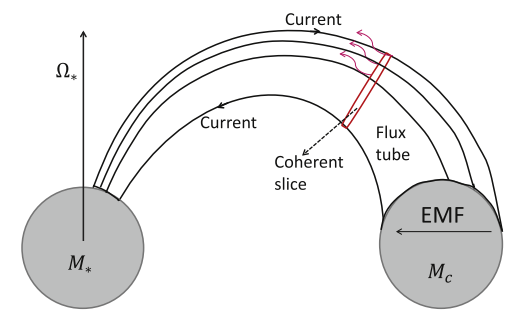In the recent years, a new type of millisecond radio burst transients, named fast radio bursts (FRBs), has attracted wide attention. Following the first report of an FRB by Lorimer et al. (2007), a number of further FRBs have been reported, with a present total of 17 cases. Recently, a new burst (FRB 150418) and its fading radio transient lasting ∼6 days were reported (Keane et al. 2016). The host galaxy associated with this transient has been identified to be an elliptical galaxy with redshift z = 0.492 0.008. Many models have been proposed to explain the properties of FRBs, including giant flares from magnetars, annihilations of mini-black holes (BHs), mergers of two neutron stars (NSs), NS–BH mergers, double white dwarf mergers, blitzars, eruptions of nearby flaring stars, collisions between NSs and asteroids/comets, giant pulses from pulsars, and charged BH–BH mergers. However, as argued by Zhang (2016b), some of these models are clearly inconsistent with a high kinetic energy required by the radio transient after FRB 150418 if this afterglow is indeed true.
In the NS–NS merger scenario, the physical mechanism of FRBs remains a mystery. Wang et al. (2016, ApJ, 822, L7) have studied the physical processes of an FRB and explained its main features within the framework of the unipolar inductor model of inspiraling NS–NS binaries. The companion non-magnetic NS crosses the magnetosphere of the primary highly magnetized NS and simultaneously produces an electromotive force, by which electrons are accelerated to an ultra-relativistic speed instantaneously. These electrons then move along magnetic field lines and generate coherent curvature radiation as shown in Figure 1. The total power and timescale of coherent curvature radiation are well in agreement with a typical FRB. That is, the characteristic emission frequency, luminosity, duration, and event rate of FRBs can be well understood.

Figure 1. Schematic picture of an electric circuit based on the unipolar inductor model during the final inspiral of double neutron stars. The red block is a slice where curvature radiation of electrons is coherent.
This work by Jie-Shuang Wang, Yuan-Pei Yang, Xue-Feng Wu, Zi-Gao Dai, and Fa-Yin Wang has been published in The Astrophysical Journal Letters.
Please see ApJL, 822, L7 (2016) for more details.
(http://iopscience.iop.org/article/10.3847/2041-8205/822/1/L7/pdf).
|
(Information Source: Purple Mountain Observatory, CAS) |

